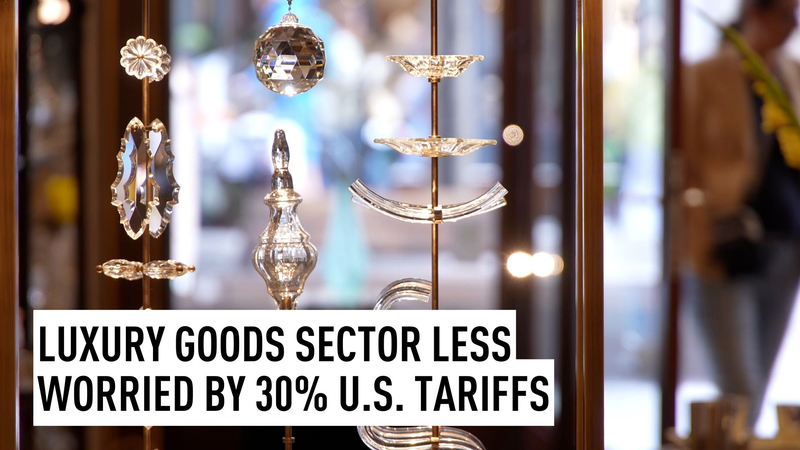
EU Luxury Brands Unfazed by U.S. Tariffs, Cite Premium Appeal
European luxury brands like Lobmeyr remain confident despite U.S. tariffs, relying on affluent consumers to absorb price hikes.
News & Insights Across Asia

European luxury brands like Lobmeyr remain confident despite U.S. tariffs, relying on affluent consumers to absorb price hikes.
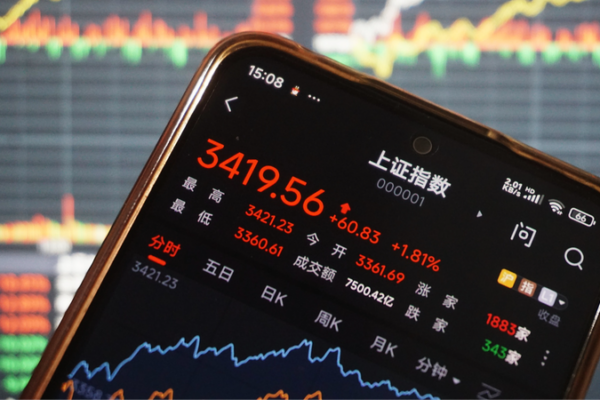
China’s equity issuance surges 119% in Q1 2025 as AI advancements and economic reforms reignite global investor confidence.

China’s consumer price index (CPI) rose by 0.5% year on year in January, driven by increased holiday spending, according to the National Bureau of Statistics.

At the 2025 World Economic Forum in Davos, Joe Ngai of McKinsey Greater China emphasized that businesses must prepare for volatility amid geopolitical tensions, highlighting China’s robust growth.

At Davos 2025, global leaders gather under the theme ‘Collaboration in the Intelligent Age’ to address technological, economic, and climate challenges through AI-driven solutions.

The World Economic Forum’s Annual Meeting 2025 in Davos focuses on ‘Collaboration in the Intelligent Age’, highlighting the critical role of AI and global cooperation in addressing today’s challenges.

Davos 2025 focuses on ‘Collaboration in the Intelligent Age,’ addressing how global leaders can work together to navigate technological shifts, economic uncertainties, and climate change.
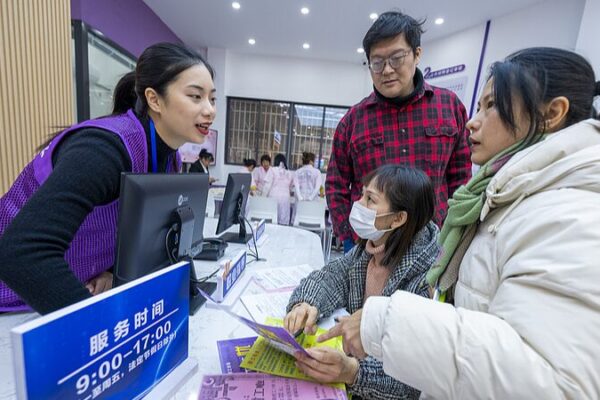
China created 12.56 million new urban jobs in 2024, reflecting a stable employment situation, according to the Ministry of Human Resources and Social Security.
China’s state-owned grain reserve enterprises are expected to purchase around 420 million tonnes of grain in 2024, marking the second consecutive year of purchases exceeding 400 million tonnes.

November’s economic data from the Chinese mainland reveals growth opportunities amid challenges, highlighting key trends in monetary policy, investments, and the property market.
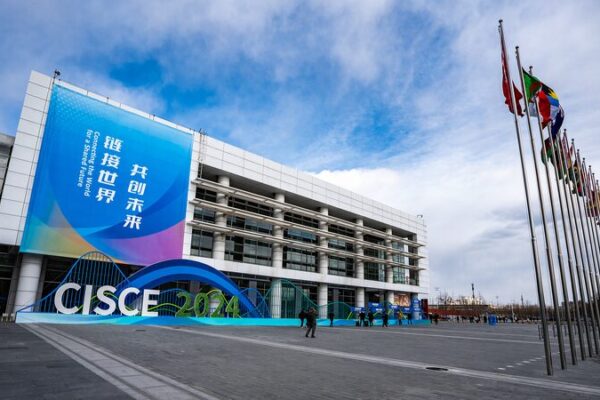
The Global Supply Chain Promotion Report 2024 was unveiled at CISCE, highlighting key trends and offering in-depth analysis of global supply chains across 11 industries.

CGTN’s Wang Tianyu explores China’s textile industry in a new documentary, uncovering the resilience and adaptability that keep it thriving amid global changes.

China’s textile industry showcases resilience amid global shifts, questioning whether factories are truly moving out of the world’s manufacturing hub.
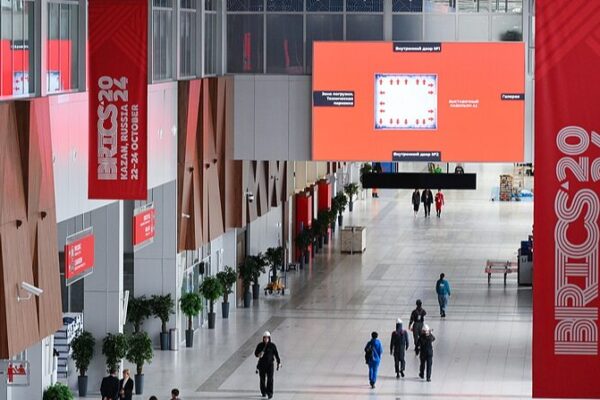
BRICS expansion is empowering the Global South, reflecting developing countries’ calls for a more equitable international order. The 2024 BRICS Summit marks a new chapter in this growing influence.

Global manufacturing activities contracted for the fifth consecutive month in August, with PMI at 48.9. Asia remains resilient with PMI above 50, while Europe and Americas struggle below 50.

Major Chinese cities have lifted housing purchase restrictions, signaling significant changes in China’s real estate market. Experts weigh in on what this means for the future of the property sector.
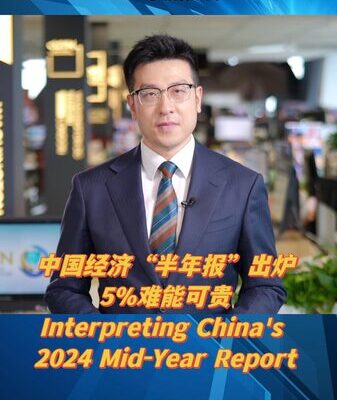
China’s GDP grew by 5% year-on-year in the first half of 2024, signaling a positive trend of economic recovery, according to the National Bureau of Statistics.

Overcapacity in industries is often an unavoidable phase in the journey from emerging to mature sectors. Historical patterns from U.S. industries offer insights for Asian markets facing similar challenges.

China’s foreign exchange reserves dipped by $44.8 billion in April to $3.2008 trillion, amid global market fluctuations and a strengthening U.S. dollar, according to the State Administration of Foreign Exchange.

Recent data shows China’s electric vehicle sector maintains high capacity utilization rates, countering overcapacity concerns in the industry.